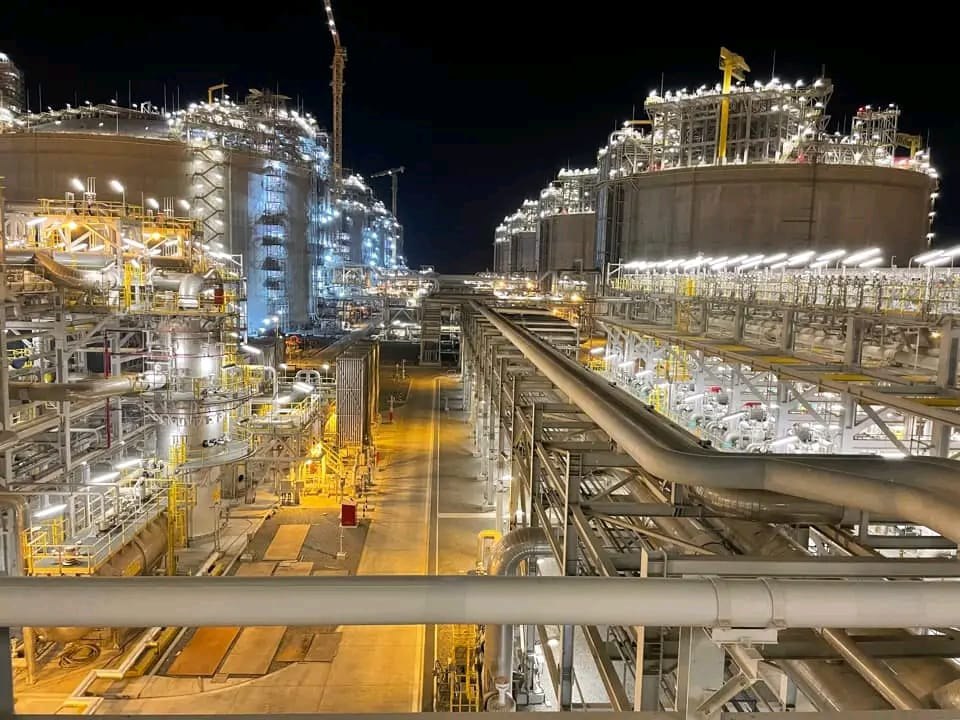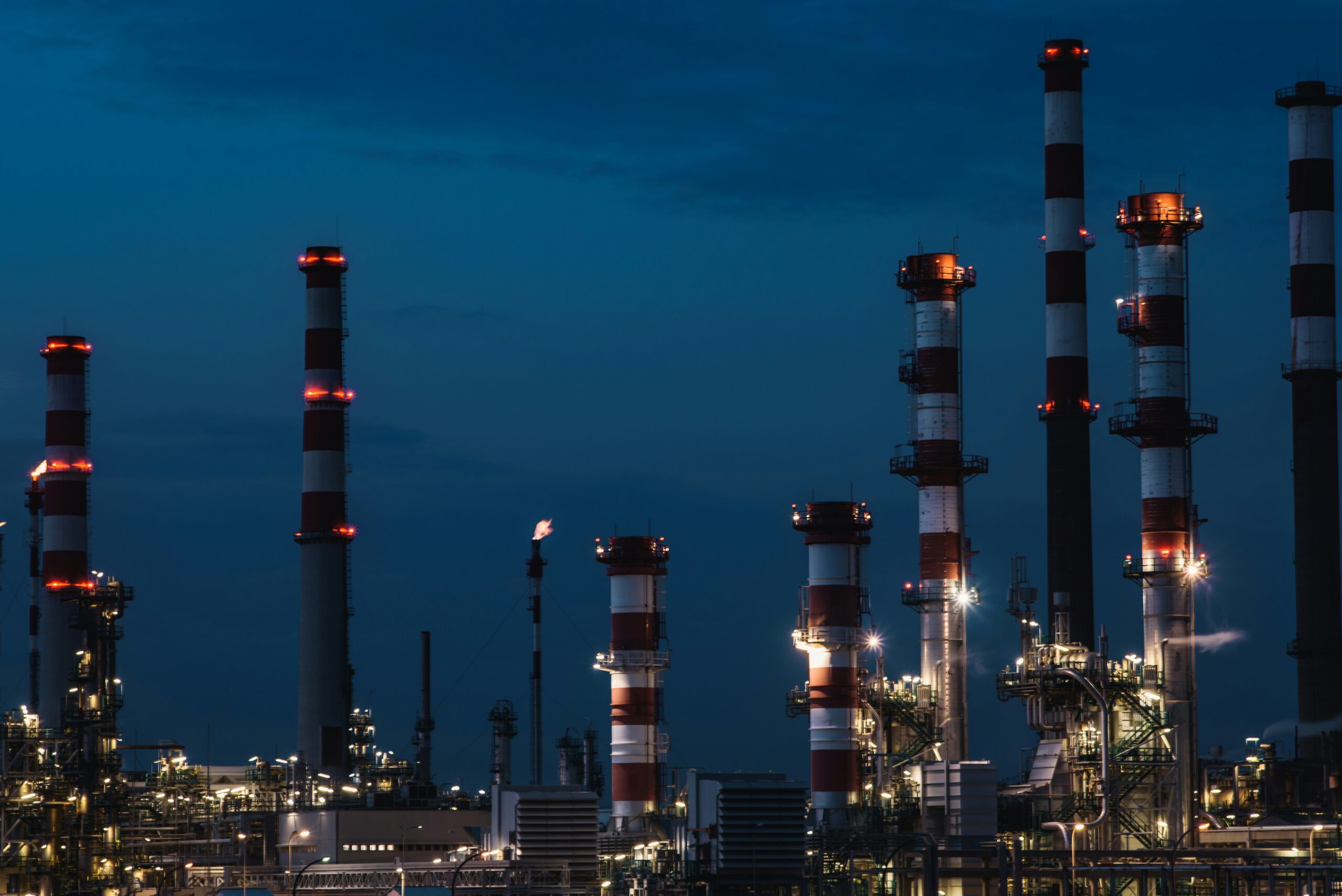Importance of MEP Services in Building Projects
In any building project, MEP (Mechanical, Electrical, and Plumbing) design plays a major role. It’s not just about putting wires, ducts, and pipes in place; instead, it’s about making sure the building runs smoothly, efficiently, and safely. MEP systems control everything from power and water to ventilation and fire safety. Without proper MEP design, even the best architecture can fall short. Therefore, MEP acts as the backbone of any functional building.
Our Experience in MEP Design
Our experienced team has been working on MEP design and development for over 25 years. Over this time, we have successfully delivered well-coordinated and reliable MEP systems across residential, commercial, industrial, and infrastructure projects. Using the latest tools and practical engineering, we design systems that don’t just work on paper but also perform flawlessly on site. In fact, this hands-on expertise is what sets us apart.
Sectors We Serve
We’ve handled MEP design in sectors such as oil and gas, petrochemicals, power generation, and industrial manufacturing. Each of these industries presents unique challenges. For example, load balancing is critical for power systems, HVAC optimization ensures energy efficiency, and water system planning helps reduce pressure drops. As a result, we make sure that all services are properly coordinated, clash-free, and easy to maintain.
The Step-by-Step MEP Design Methodology
Step 1: Understanding Project Requirements
We begin by collecting input data like building function, occupancy type, local climate, utility availability, space constraints, and applicable building codes. This ensures we frame the right scope for HVAC, electrical, and plumbing systems.
Step 2: Load Calculations and Demand Assessment
We perform HVAC heat load calculations, electrical load estimations, and plumbing flow/pressure needs. This step helps us right-size equipment and avoid under- or overdesign.
Step 3: Concept Design and Layout Planning
Based on project requirements, we develop MEP layouts:
HVAC: ducting, ventilation, AHU/chiller locations
Electrical: panel sizing, lighting, power circuits
Plumbing: pipe routing, drainage, water supply, and fixtures
Step 4: 3D Modelling and Coordination
We build coordinated 3D models using Revit MEP, AutoCAD MEP, or Navisworks. Consequently, this allows us to detect clashes early, saving time and reducing rework.
Step 5: Compliance Check and Design Validation
We review all designs against codes like NBC, ASHRAE, IEC, and local fire safety norms. In addition, we also factor in green building standards such as IGBC and LEED when applicable.
Step 6: Equipment Selection and BOQ Preparation
We select efficient HVAC units, pumps, switchgear, and lighting fixtures based on capacity and budget. A detailed Bill of Quantities (BOQ) is then prepared to streamline procurement.
Step 7: Final Drawings and Reports
We deliver complete sets of shop drawings, single-line diagrams, schematics, and specifications. Moreover, a handover report summarises the design logic, specs, and maintenance guidelines.
A well-executed MEP design brings down energy consumption, reduces maintenance issues, and ensures user comfort and safety. It also speeds up construction through better coordination and clearer documentation.
Let us support your building project with smart, efficient, and code-compliant MEP design; click here to connect.
To see our past MEP design case studies, click here.

Oil & Gas
Mechansys is a professional engineering design and analysis service provider. At Mechansys, we’ve built a strong reputation for solving complex engineering challenges in the oil and gas industry. From upstream to downstream, we support our clients with services like piping design, pipe stress analysis, support engineering, CFD, FEA, seismic analysis, acoustics analysis, structural design, product development, BIM, and MEP. Our focus is on delivering practical, safe, and efficient solutions tailored to this high-stakes sector. Learn more.

Petrochemicals
The petrochemical sector demands precision and reliability at every stage of design. At Mechansys, we work closely with clients in this field to develop efficient, code-compliant, and maintenance-friendly systems. Our expertise includes piping design, pipe stress analysis, support engineering, CFD, FEA, seismic and acoustics analysis, structural design, product development, BIM, and MEP that supports both greenfield and brownfield projects. Learn More.

Power Generation
Whether it’s conventional thermal plants or renewable setups, power generation projects come with high pressure both literally and figuratively. Our team provides design and analysis services for piping design, pipe stress analysis, support engineering, CFD, FEA, seismic and acoustics analysis, structural design, product development, BIM, and MEP, we help clients deliver safe, sustainable, and cost-effective power solutions. Learn More.

Industrial Manufacturing
From heavy machinery to production lines, industrial facilities rely on strong, reliable engineering design. Mechansys supports manufacturing plants with detailed piping design, pipe stress analysis, support engineering, CFD, FEA, seismic and acoustics analysis, structural design, product development, BIM, and MEP services. We combine technical know-how with on-site practicality to get things done right. Learn More.